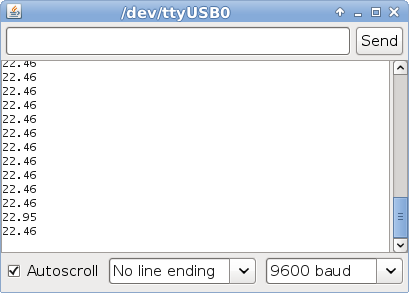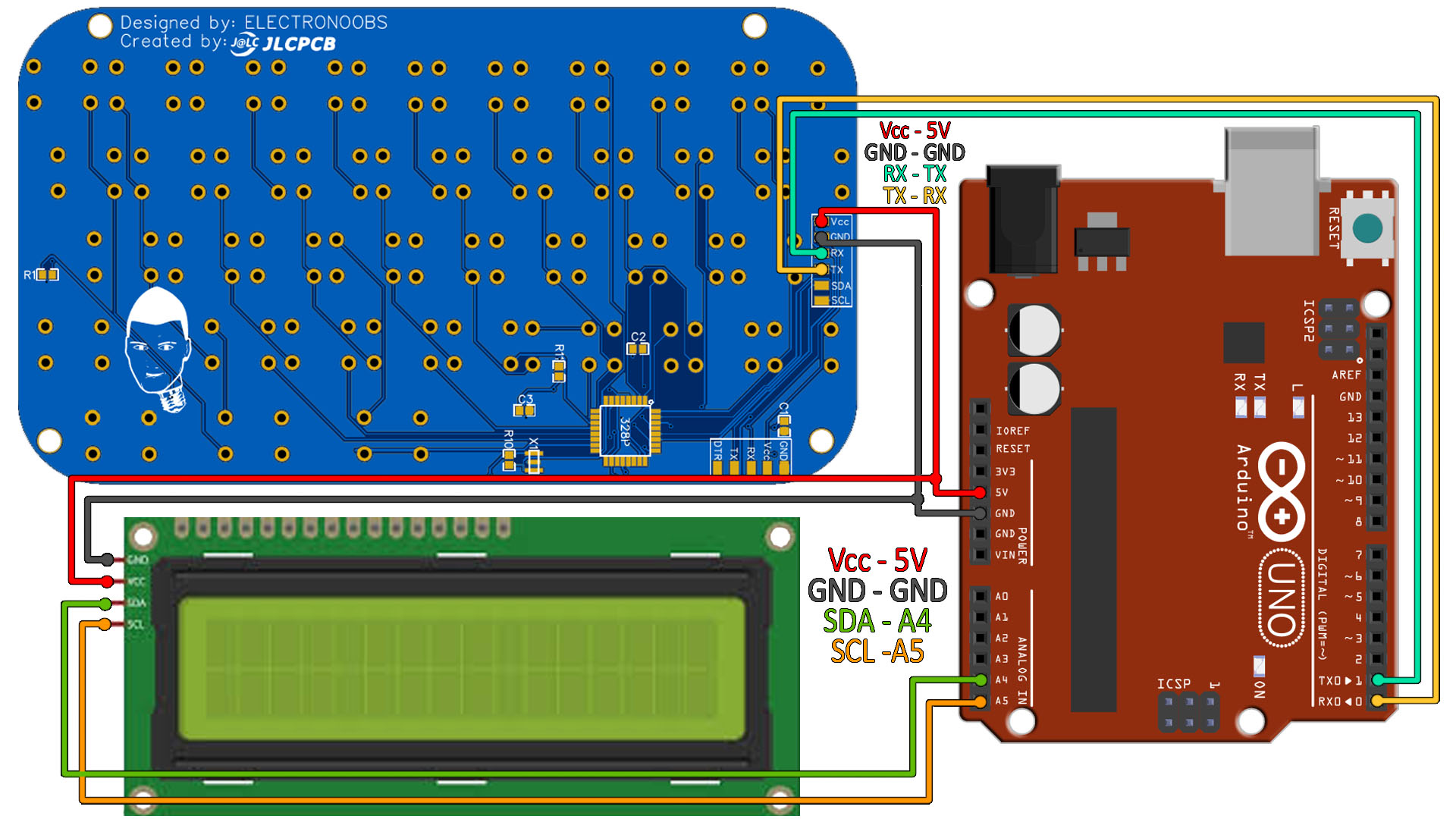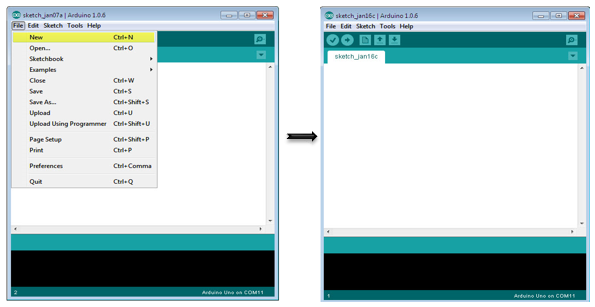

- #Keyboard send serial print arduino driver
- #Keyboard send serial print arduino software
- #Keyboard send serial print arduino code
- #Keyboard send serial print arduino plus
So forgive me if my following answer isn’t adequate. I was once told that 115200 is what I need, and I never bother looking into the details lol. So I didn’t bother yet learning the details of what and how different baud rates affect my implementation. So I’ve only needed to get as technical as a solution I need to implement requires. InputReadingCompleted = !(Serial.available()) Ĭode 2: main loop() implementation char input Serial.println("Serial is ready to accept input")
#Keyboard send serial print arduino code
Code 1: serialEvent() implementation char input The only difference between the codes below is one utilizes the serialEvent() function while the other one includes a while(Serial.available()) inside the main loop(). I tried the following two codes using PIO on VSCode and Arduino IDE and the results are identical. I tried using 1 msec, but that wasn’t sufficient. I read that post, and I tried to type fast, but I was never fast enough lol.Īnyway, I finally utilized a 2 msec delay after Serial.read() and it is working as expected now. You can do about these limits.Thank you all for your help. Systems may limit the speed to only 62.5 keystrokes per second. USB Keyboard speed is limited to 500 keystrokes per second, and some operating
#Keyboard send serial print arduino plus
Up to any 6 keys may be pressed at once, plus any combination of the 8 modifier keys. With USB, each message represents the complete state of the keyboard. Messages for key down and key up events, where each message represented a single That USB keyboard codes work differently (and use different numerical values). If you are familiar with the older PS/2 keyboard "scan codes", please be aware
#Keyboard send serial print arduino driver
Key will remain pressed, and the PC or Mac USB driver will begin auto-repeat. It is important to set normal keys back to zero and send. release all the keys at the same instant Keyboard.

press DELETE, while CLTR and ALT still held Keyboard. set_modifier( MODIFIERKEY_CTRL | MODIFIERKEY_ALT) press ALT while still holding CTRL Keyboard. You only need to make the changes you need. The keys remain as you set them, so between each call to nd_now(), To communicate that combination to the PC or Mac. Would need to be set back to zero if the next nd_now() shouldĪfter you have set the normal and modifier keys, use nd_now() To release a key, you must set it to zero. However, you can use the 6 keys in any way you like.įor example, this code would send keys A, B, C, D, E and F, all pressed at once. Six keys are always tranmitted by the USB keyboard.

To press more than one modifier, use the logic OR operator. If you want no modifier keys pressed, use a zero.

Keys are special, and can only be used with t_modifier(). Or the "clover key" (Macintosh), usually located to the side of the space bar. There are 4 modifier keys: Shift, Alt, Ctrl, and GUI. Lifting off the key and its spring were returning it to the resting position). When micro managing, you need to send a zeroįor each key you've pressed to cause that key to be released (as if a finger were To create the condition of a key held down similarly to a human typing.Īuto-repeat is done by the driver on your PC or Mac, so if you have a longĭelay between pressing and releasing a normal key, the auto-repeat feature may You can use delay() or write code to check millis() between calling nd_now(), Of keys you want pressed (and zero for the ones you want not pressed), and then To micro manage the keyboard, you use functions to set which combination The USB keyboard can have up to 6 normal keys and 4 modifier keys pressed at the
#Keyboard send serial print arduino software
You are very directly controlling the actual key codes without any extra software The media and system keys are not supported. Represent the location of a key on the USA English keyboard layout. Only key codes may be used with the Micro Manager functions. Used by the USB communication sent to your PC. The "Micro Manager Way" allows you to exactly control the 6 possible key slots Normally Keyboard.press(key) and Keyboard.release(key) are sufficient, but The micro manager way requires more effort but gives you complete control. Here is a very simple example, using Keyboard.print(). With all the same control as Serial.print(). You can print strings, numbers, single characters Keyboard.print() works the same way as Serial.print(), except the message There are two ways you can make your Teensy send USB keystrokes. Which your computer will recognize as coming from a standard USB keyboard. When you select "USB Keyboard" from the Tools -> USB Type menu, the Teensyīecomes a USB keyboard and mouse while running your program. Unexpected keystrokes can quickly ruin your program.


 0 kommentar(er)
0 kommentar(er)
